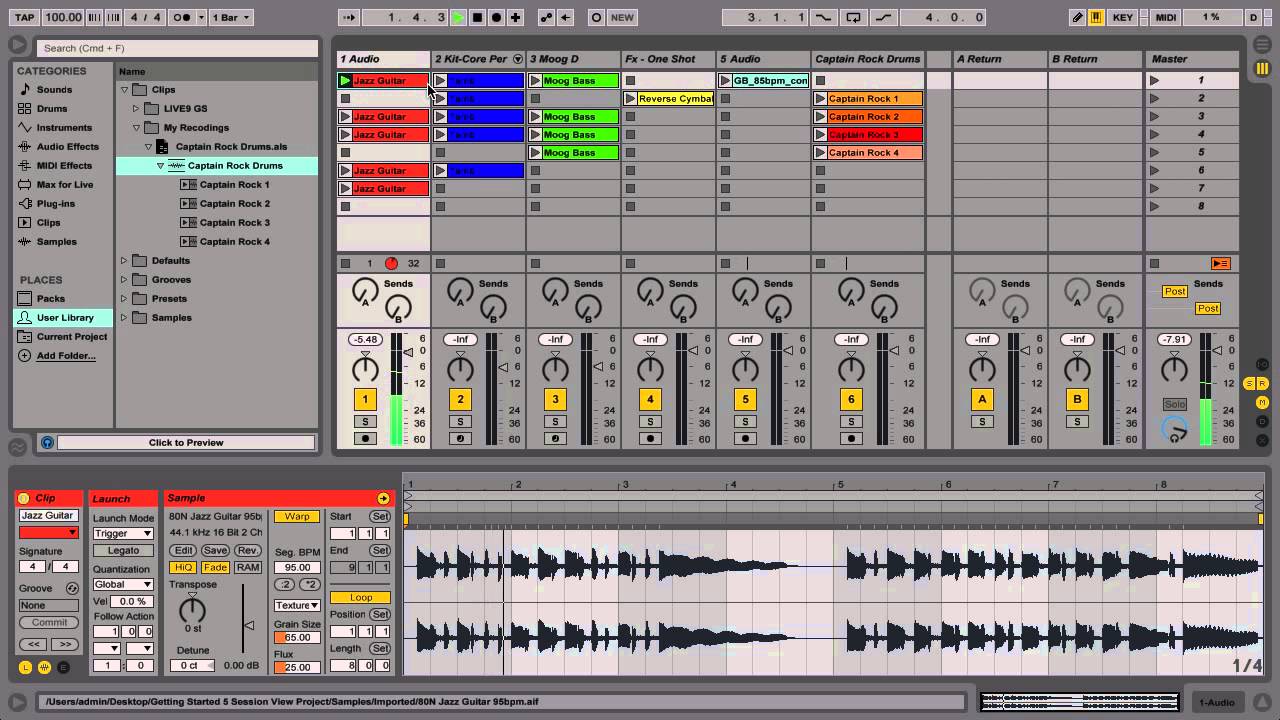Ableton Live is a powerful music production software that offers two main views for creating and arranging music: Session View and Arrangement View. In this blog post, we will focus on the latter, the Arrangement View, and explore its features, benefits, and how to use it effectively.
Overview of Arrangement View
The Arrangement View in Ableton Live is designed for linear music creation and arrangement. It resembles a traditional timeline-based recording software, where you can arrange and rearrange your clips, tracks, and MIDI notes to create your final composition.

Credit: audioservices.studio
Credit: www.facebook.com
Benefits of Arrangement View
The Arrangement View offers several benefits to musicians and producers:
- Flexible composition: With the Arrangement View, you can easily experiment with different song structures, create dynamic arrangements, and make changes to your composition on the fly.
- Precise control: Unlike the Session View, the Arrangement View allows for precise control over your music by enabling you to edit and arrange individual clips, automate parameters, and apply effects with ease.
- Advanced editing features: The Arrangement View offers powerful editing capabilities such as MIDI note manipulation, audio warping, time-stretching, and more. These features allow you to refine your music and achieve the desired sound.
Using the Arrangement View
1. Setting Up Your Tracks
Start by setting up your tracks in the Arrangement View. Each track represents a layer of sound or a specific instrument in your composition. You can create new audio or MIDI tracks by right-clicking anywhere in the track area and selecting the desired option from the menu.
2. Adding Clips
Clips are small chunks of pre-recorded MIDI or audio data that you can arrange in the Arrangement View. To add a clip, simply drag and drop it from the Browser panel onto the desired track. You can then resize, duplicate, or move the clips within the timeline to create your arrangement.
3. Arranging Your Composition
Once you have added clips to your tracks, you can start arranging your composition by dragging and dropping the clips within the timeline. This allows you to create different sections of your song, such as verses, choruses, and bridges. You can also copy and paste clips to repeat patterns or create variations.
4. Editing And Shaping Your Music
The Arrangement View offers a wide range of editing tools to shape and refine your music. You can adjust MIDI notes, apply quantization to tighten up timing, use audio warping to match different tempo and pitch, and automate parameters to create dynamic changes throughout your composition.
5. Applying Effects And Mixing
Once your composition is arranged, you can apply effects to individual tracks or the entire arrangement. Ableton Live provides a variety of built-in audio effects that allow you to shape the sound to your liking. You can also use the mixer section in the Arrangement View to balance levels, pan sounds, and add final touches to your mix.
Frequently Asked Questions Of Using The Arrangement View In Ableton Live : Mastering Music Production.
What Is Arrangement View In Ableton Live?
Arrangement View is a linear layout for composing and arranging music in Ableton Live. It allows you to arrange and organize your music in a traditional, timeline-based format.
How Do I Navigate Arrangement View In Ableton Live?
You can navigate Arrangement View by using the zoom controls, scrollbar, and timeline markers to move around the timeline and section of your music.
Can I Edit Midi And Audio Clips In Arrangement View?
Yes, you can edit MIDI and audio clips directly in Arrangement View by moving, copying, and looping them within the timeline.
What Are The Benefits Of Using Arrangement View?
Arrangement View provides a clear and intuitive way to structure your music, allowing for detailed editing and fine-tuning of your composition.
Conclusion
The Arrangement View in Ableton Live is a versatile and powerful tool for music production. Its timeline-based layout and advanced editing features give you precise control over your composition. By following these steps, you can effectively use the Arrangement View to arrange, edit, and shape your music, ultimately bringing your musical ideas to life.